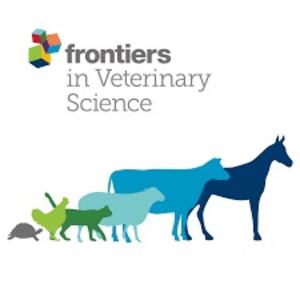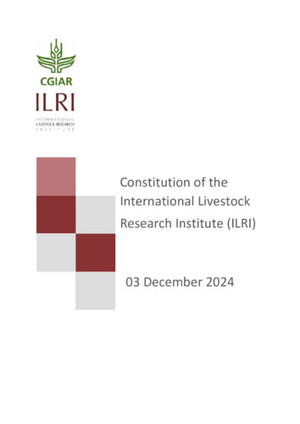
Impact of livestock hygiene education programs on mastitis in smallholder water buffalo (Bubalus bubalis) in Chitwan, Nepal
Abstract
A project implemented from 2003 to 2005 trained women in Chitwan District, Nepal, in hygienic dairy production using a process of social mobilization. The aim of this research was to assess if the prevalence of mastitis in water buffalo in the households of women who were trained was lower one year after training than in untrained households, if the training influenced knowledge and practices for the prevention or control of mastitis, and if these practices and knowledge were associated with a lower prevalence of mastitis. A total of 202 households from Eastern and Western Chitwan District were included in the study. Of these, 60 households had participated in the project and 142 had not. Milk samples were collected from 129 households (33 project households and 96 non-project households). Clinical mastitis was determined using visual inspection of udders and detection of macroscopic clots and flakes in milk. The California Mastitis Test was used to diagnose sub-clinical mastitis from milk samples, and the IDEXX SNAP test to identify the presence of tetracycline residues. The prevalence of mastitis in trained households (39.4%) was 43.78% of that in untrained households (60.4%), lower but not significantly so (p = 0.08, 95% CI 0.17–1.12). Thirteen indicators of knowledge or practice for the control or prevention of mastitis were more likely to occur in trained households, four significantly so (not consuming milk from sick buffalo (p = 0.001), using soap to wash hands before milking (p = 0.001), discarding milk after antibiotic usage (p = 0.01), and choosing appropriate flooring for their livestock (p = 0.03)). Trained households that discarded milk from sick buffalo were 2.96 times more likely to have at least one animal with mastitis in the household (p = 0.03, 95% CI 1.15–7.65). Trained households that knew to wash buffalos’ teats after milking were less likely (OR 0.25) to have mastitis in their herd (p = 0.02, 95% CI 0.08–0.80). Of the 138 buffalos tested, only one tested positive for tetracycline residues.
Citation
Ng, L.; Jost, C.; Robyn, M.; Dhakal, I.P.; Bett, B.; Dhakal, P.; Khadka, R. 2010. Impact of livestock hygiene education programs on mastitis in smallholder water buffalo (Bubalus bubalis) in Chitwan, Nepal. Preventive Veterinary Medicine 96(3-4):179-185.










